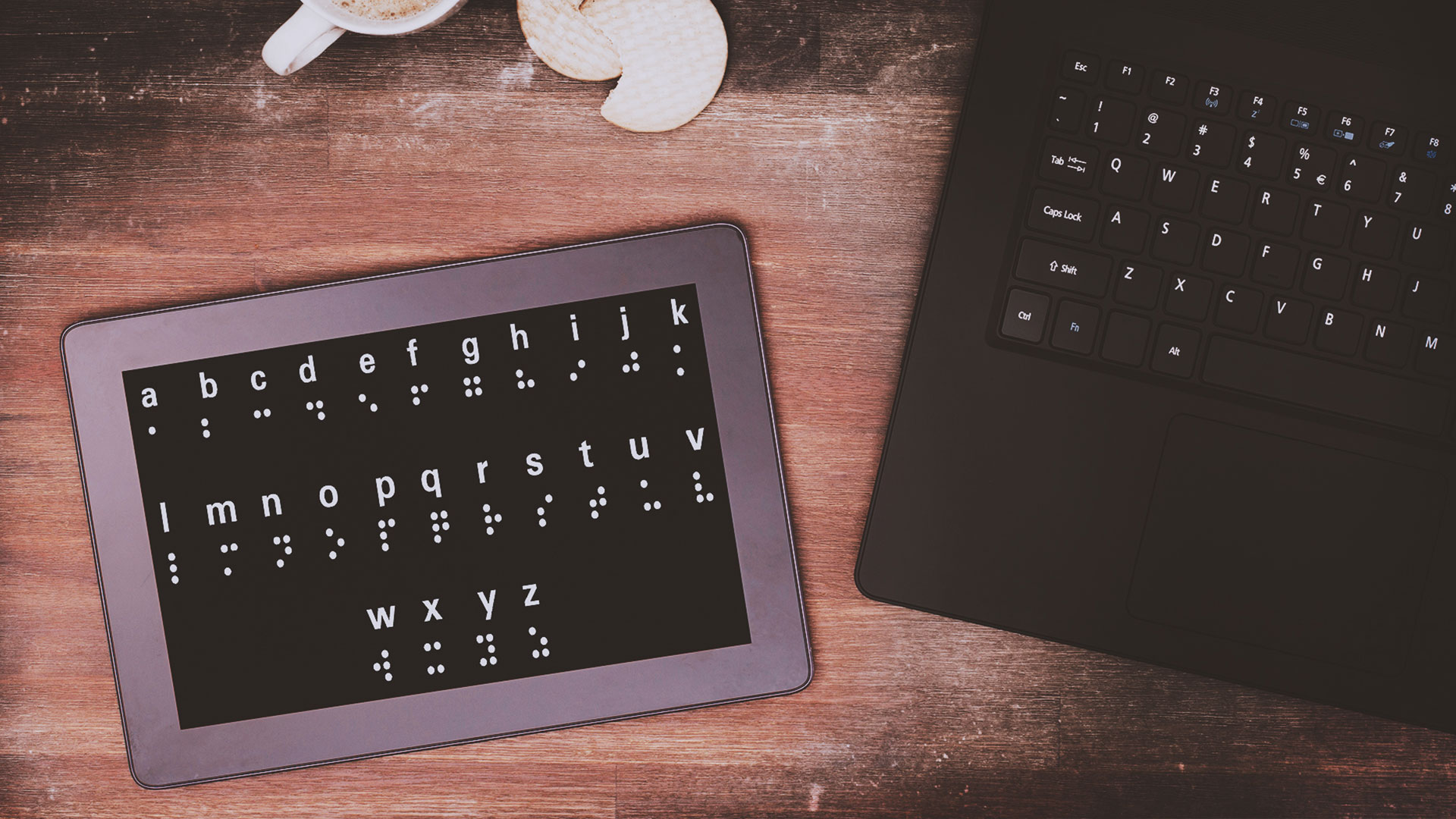From taking the bus to shopping for groceries at the supermarket, certain day-to-day tasks can often be discomfiting experiences for visually-impaired people. A 2016 Channel NewsAsia report, for instance, highlighted the difficulties in taking public buses, given the lack of announcements when a bus arrives at a location.
Fortunately, there is growing awareness about the importance of improving accessibility this community.
Earlier in 2018, the Public Transport Council submitted several recommendations on making public transport more inclusive. Beyond that, there has also been a boom in the number of assistive technologies available today.
“Tech has come a long way to help us,” says Mr Tan, who is partially blind. “My iPhone, for example, is very accessible and simple to use, even for those who are totally blind.
“It has many good features, including apps like Moovit that can help you when travelling on the bus – telling you the bus stop you’re at and when it’s time to alight.”
The voice-over function on phones has also been a boon for Ms Neela Devi, who was born blind. It enables her to access multiple functions on her phone. “I’m using an iPhone, and I use the voice over function to listen the news on apps. I also use apps like Amazon to do my shopping,” says the 50-year-old.
Improvements in technology have offered her greater ease when handling finances. For instance, should she need to transfer money to her friends, Ms Devi simply uses DBS PayLah!, a mobile wallet.
And to withdraw money, Ms Devi can head to one of the POSB talking ATMs, which provide voice instructions for visually-impaired customers to perform their transactions. Previously, she would have to go to a bank branch or find someone she trusted to withdraw money from her account.
“I feel more independent as I can withdraw money on my own using the POSB talking ATMs”
Ms Neela Devi, who is visually impaired
Developing solutions for visually-impaired people
POSB’s Talking ATMs were the result of a collaboration between DBS and the Singapore Association of the Visually Handicapped (SAVH). Launched in 2016, the ATMs have features such as a 3.5mm headphone jack for English voice instruction, Braille signs and touchpads for better navigation and screen blanking for added security.
"We went through rigorous testing and trials before the talking ATMs went online,” says SAVH’s operations manager Francis Tay. "Now, visually handicapped people are able to check their bank balances and make withdrawals by themselves without any assistance from caregivers or friends.”
When it comes to innovating for visually-impaired people, it's best to let the actual end-users do the testing so you receive the best possible insights, says Mr Derek Tam, co-founder of iSEE Mobile Apps, a social enterprise based in Hong Kong.
"They will provide you with feedback that uncovers new challenges and solutions that you didn't think of during development,” he says.
Mr Tam’s company has developed several mobile apps for visually-impaired people, including one that can distinguish different denominations of banknotes using a phone camera.
iSEE Mobile Apps, a 2017 DBS-NUS Social Venture Challenge Asia finalist and 2018 awardee of the DBS Foundation Social Enterprise Grant Programme, has now expanded beyond the Hong Kong market to Singapore, and is aiming to develop more apps for other special needs group.
Other organisations building solutions for the visually-impaired community include BLITAB from Bulgaria and Singapore’s The Goodwater Company.
BLITAB is working to bring to market the world’s first tablet for visually-impaired people.
Ms Kristina Tsvetanova, co-founder of BLITAB, is convinced her innovation will be a “game changer”. BLITAB can instantly convert any document into Braille text, with “little smart dots” rising from the tablet’s surface.
“You cannot imagine how fulfilling and encouraging it is to read dozens of mails daily from mothers who want to change their blind child’s life with just one piece of technology. … I feel that I have the power and the tools to support them,” she says.
The Goodwater Company works with organisations to implement social and environmental services and innovations. Other than solutions for the hearing- and visually-impaired community, the firm has also developed and partnered global technology providers on other social innovations which include water solutions.
One of its innovations was a syringe, developed together with Nanyang Polytechnic, that the visually-impaired can use to self-administer medicine. The syringe has an additional piece of hump-like protrusion layer that can be felt by visually-impaired people.
However, there have been challenges in adoption. For instance, it requires clinic staff to undergo additional training and for some clinics, it is not deemed efficient given the small percentage of users.
The Goodwater Company’s CEO Sean Tan notes: “Innovations have to be commercially viable for this segment of people. Pricing and ease of use are always two keys considerations.
“Leveraging on existing platforms or innovations (in my opinion) could be a better approach to reach out to this segment rather than reinventing new technologies. We have no lack of innovations, it’s only about catering to the needs of this segment.”
Mr Sean Tan, CEO of The Goodwater Company
